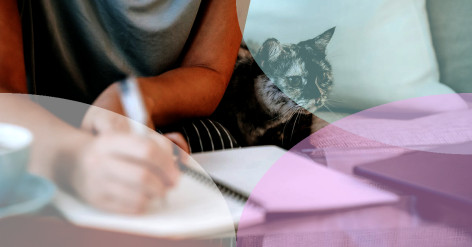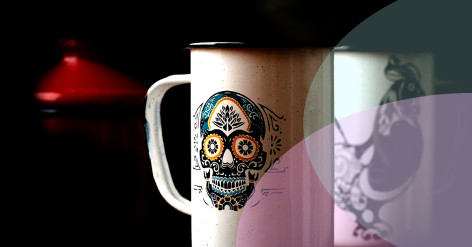A Beginner's Guide to Cross-Stitching

Part 1: Gathering Your Cross-Stitching Tools
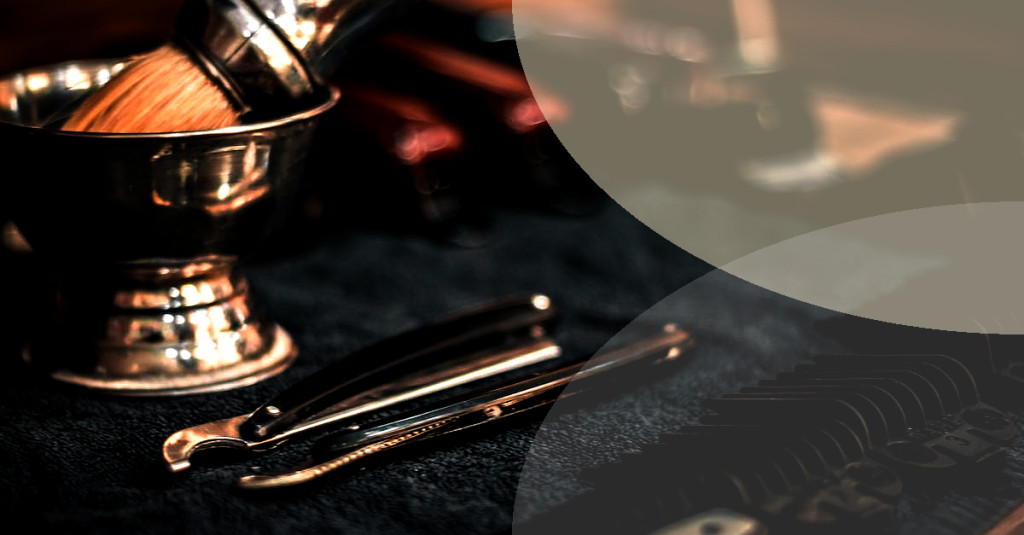
Embarking on a new craft journey can be both exhilarating and intimidating, especially when it involves needles and threads. However, fear not, intrepid explorers of the fabric arts! In this beginner's guide, we will help you navigate the wonderful world of cross-stitching, from selecting the right materials to perfecting your stitches. Let's dive into this enchanting sea of threads and needles!
Essential Cross-Stitch Supplies:
Before setting sail in the ocean of creativity, make sure you have the necessary equipment to avoid getting lost in the abyss.
Part 2: Deciphering Your Cross-Stitch Pattern
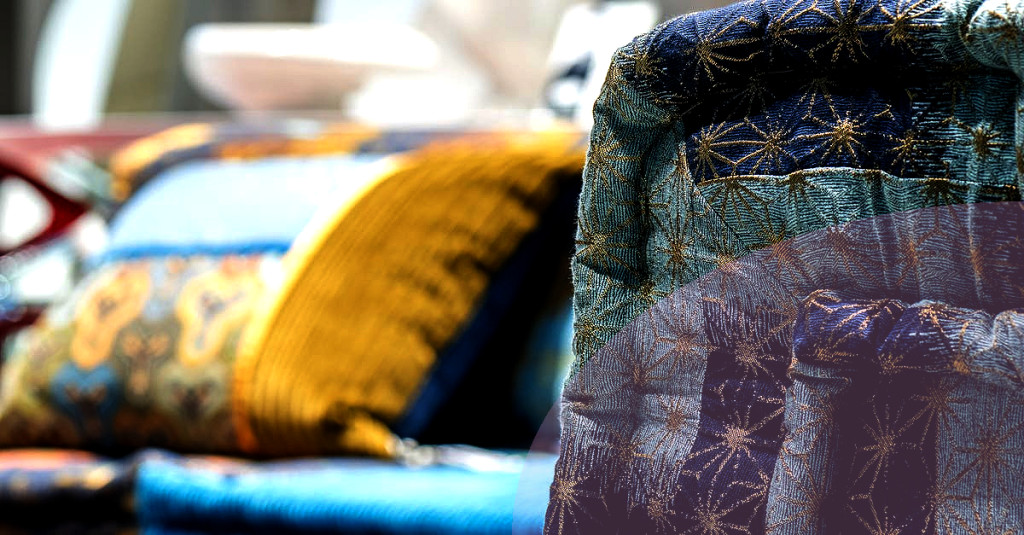
- Pattern: Choose a suitable pattern to start your cross-stitch journey. Websites like DMC offer a plethora of free and paid options for all skill levels.
- Aida Cloth: This specially designed fabric is ideal for cross-stitching, as it already has evenly spaced holes for your stitches. Aida cloth is available in various counts, with 14-count being recommended for beginners.
- Embroidery floss: Look for high-quality floss, like DMC's six-stranded cotton floss.
- Embroidery hoop: This tool keeps your fabric taut while you work. Choose a size appropriate for your pattern.
- Needles: Opt for 24-26 size tapestry needles, which are ideal for cross-stitching with Aida cloth.
- Scissors: Sharp embroidery scissors help you cleanly cut floss and trim any loose threads.
Reading the Chart:
Understanding your pattern and its structure is critical for a successful cross-stitch project. Most patterns come with a chart, legend, and instructional guide.
Legend and Instructions:
- Grid: The grid represents individual stitches where each square corresponds to one cross-stitch on the Aida cloth.
- Symbols: Each symbol in a square denotes a specific floss color, as indicated in the legend.
- Center Point: Patterns often mark the center point, which is an ideal starting point to ensure your work is centered on the fabric.
Part 3: Mastering the Art of Cross-Stitch
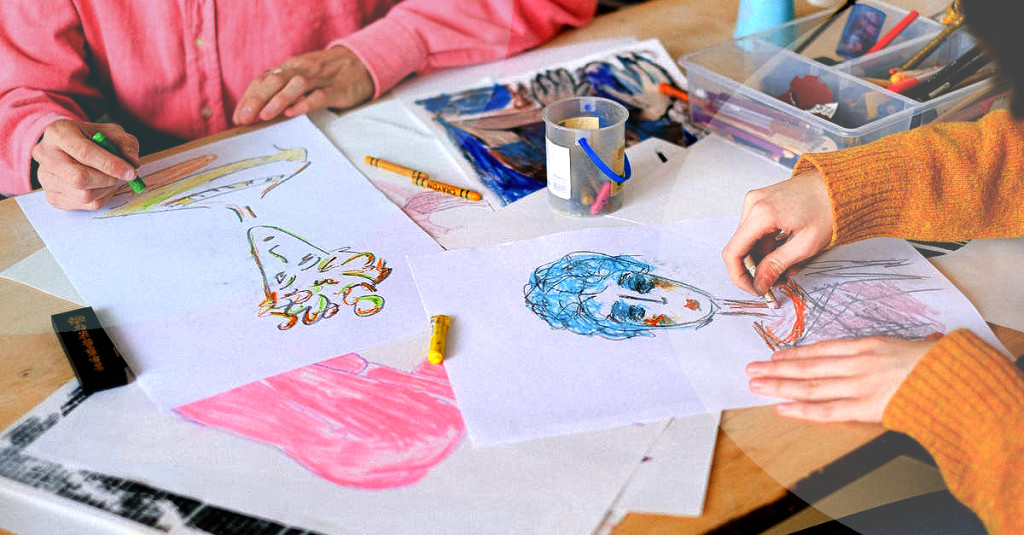
- Floss Color Codes: Cross-referencing the symbol in the chart with the legend lets you know which color floss to use.
- Stitch Instructions: Some patterns may include additional stitch types or instructions for backstitching to create outlines or details.
Preparing Your Fabric and Floss:
Now that you're equipped with the right tools and knowledge, it's time to learn the basic cross-stitch techniques!
Time to Cross-Stitch:
- Cutting the Aida Cloth: Add three inches to your pattern's dimensions and cut your cloth accordingly.
- Fray Prevention: Apply masking or painter's tape to the cloth edges, or use a serger or zigzag stitch to prevent fraying.
- Embroidery Hoop: Secure your Aida cloth in the hoop, ensuring it's taut.
- Preparing the Floss: Cut a length of floss (preferably 18 inches) and separate the strands. Typically, two strands are used for cross-stitching on 14-count Aida cloth.
The Finishing Touches:
- Starting Your Stitch: Bring your needle up through the lower left hole, leaving a short tail of floss behind. Hold the tail to secure and stitch over it using the following steps.
- Creating an "X": Make a diagonal stitch by passing the needle down through the top right hole. Then, come up through the bottom right hole and down through the top left hole, completing the "X."
- Consistent Stitching: Choose a method that you're comfortable with, be it row-by-row or working on individual stitches.
- Ending Your Floss: When running low on floss or changing colors, pass the needle through the back of the last few stitches to secure.
- Embellishing: Add backstitching or other decorative stitches, as per your pattern's instructions.
- Finishing Up: Once completed, remove the hoop, trim any loose threads, wash and press your work before framing, or incorporating it into your desired project.
Embarking on your cross-stitch journey doesn't have to end with mastering the basics. As you become more confident, explore new techniques, patterns, and projects that challenge your creativity. Stitch Alongs are an excellent opportunity to learn from fellow cross-stitch enthusiasts and create a sense of community. Now that you've unraveled the art of Cross-Stitch, sail on and let your creativity chart your course!

